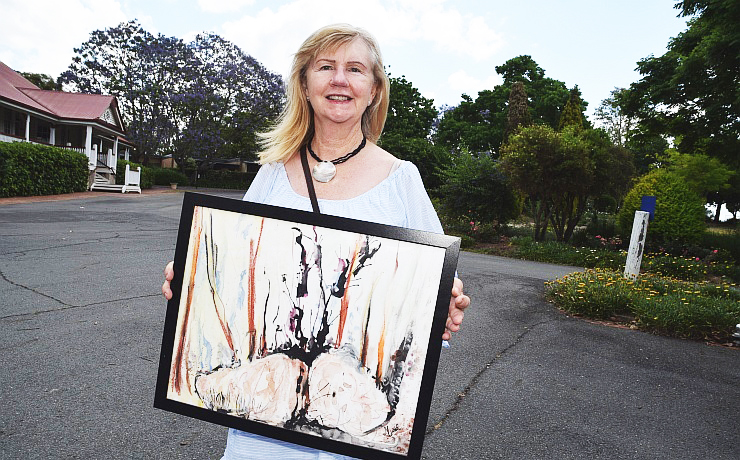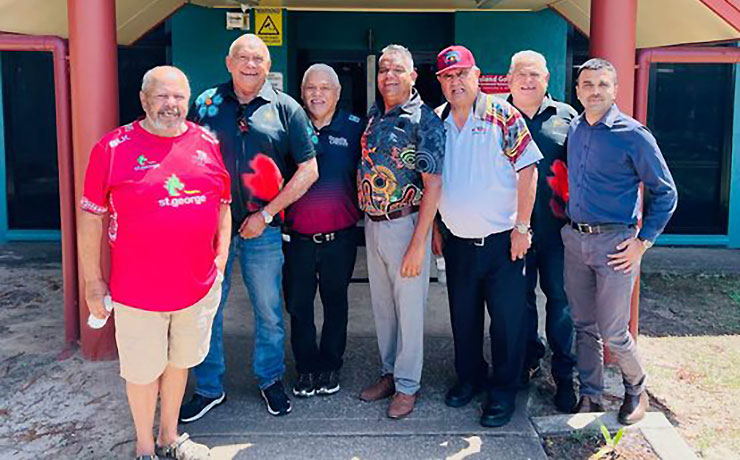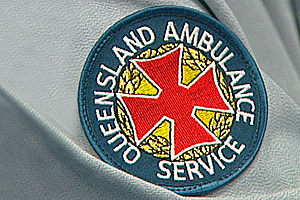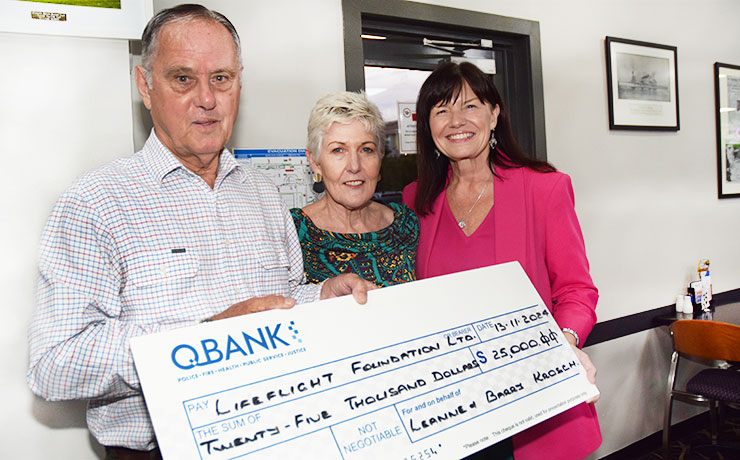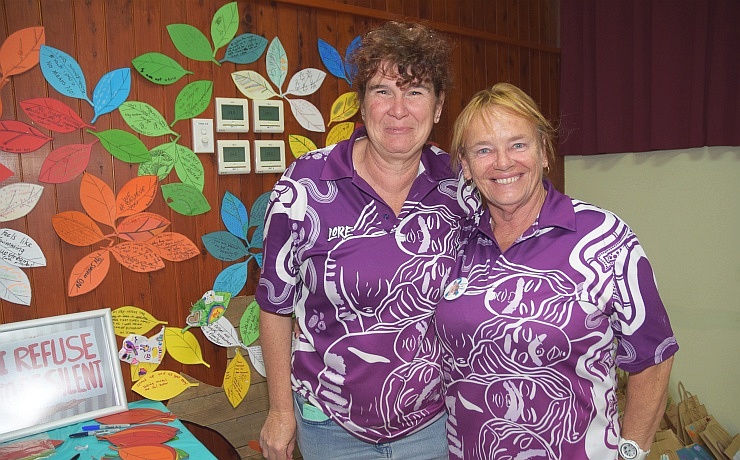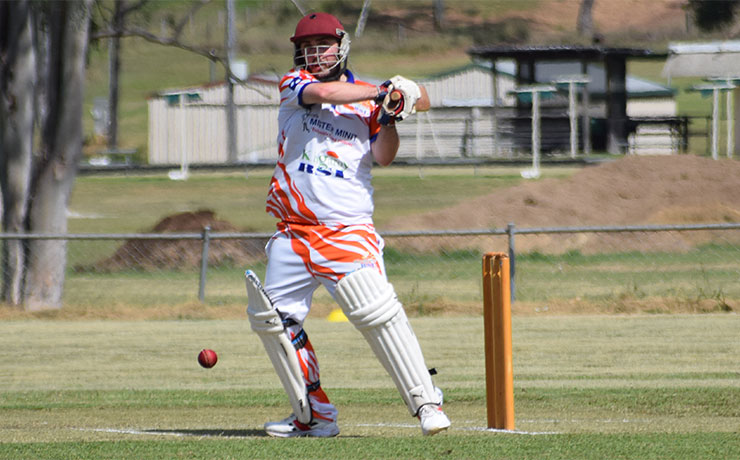
April 30, 2019
Australian farms increased their water use in 2017-18, according to data released on Tuesday by the Australian Bureau of Statistics (ABS).
ABS Director of Agriculture Statistics, Lauren Binns, said changing water availability and poor forecasts for rain in many regions had influenced farmers’ crop selection and water use decisions.
“The volume of water used for irrigation was up 7 per cent to 9.7 million megalitres in 2017-18. The total area of crops and pastures irrigated in 2017-18 also increased, up 2 per cent to 2.3 million hectares,” Ms Binns said.
“Victoria saw both the largest increase in the volume of water applied as well as in the area irrigated; the volume of water applied increased 23 per cent to 2.2 million ML and the area irrigated increased 19 per cent to 629,000 hectares.”
Cotton continued to be the Australian crop on which the greatest volume of water was applied, accounting for 28 per cent of all water used for irrigation. The volume of water applied increased 7 per cent to 2.7 million ML and the area irrigated increased 10 per cent to 359,000 hectares.
The volume of water applied to pastures and cereals used to feed livestock increased 18 per cent to 1.8 million ML. Reflecting the drier conditions, the area irrigated only increased 1 per cent to 604,000 hectares. Victoria reported the largest area of irrigated pastures and cereals used to feed livestock at 326,000 hectares.
In 2017-18, there was a 13 per cent increase in the number of agricultural businesses purchasing extra water on a temporary basis (this refers to extra water allocations that are bought for a short period, rather than permanently). These businesses purchased 1.7 million ML, at a cost of $201 million.












